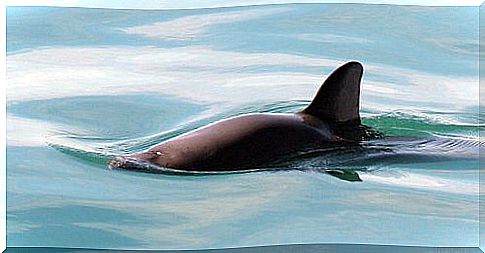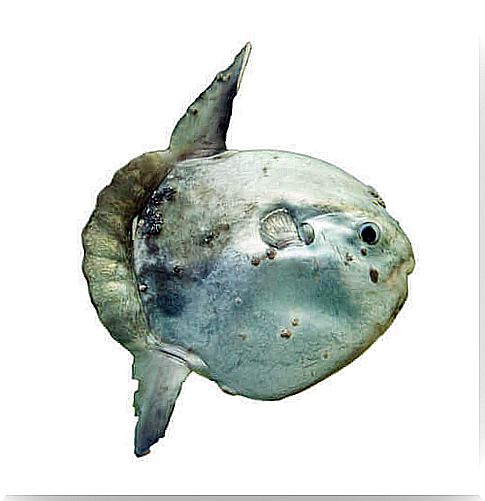5 Marine Species In Danger Of Extinction

Global warming and the destruction of our planet’s natural habitats , unfortunately, negatively affect biodiversity. Even after decades. The rise in temperatures affects, in particular, the creatures that live in the ocean. We then see some marine species in danger of extinction, but which we hope will be able to resist for years to come.
The Blue Whale, an endangered giant
Weighing in at 200 tons, about that of 33 elephants, the blue whale is the largest mammal on the planet. According to the World Wildlife Fund, it is estimated that there are currently few specimens, ranging between 10,000 and 25,000, in our oceans.
The blue whale population was hit hard during the 20th century due to indiscriminate hunting for oil and other products from this mammal. Although it has been banned since 1966, many whales still die caught in fishing nets or hit by large boats.
The sea turtle
Indonesia is currently home to six different species of sea turtles, as the climate and coasts are ideal for spawning. This zone also allows access to migration routes from the Pacific and Indian Ocean. The World Wide Fund for Nature is working in the Papua area to help these species survive.

The populations of these six species, however, are classified as vulnerable, critically or moderately endangered, being included in the International Union for Conservation of Nature (IUCN) Red List. The main threats of these reptiles are the destruction of nesting areas, illegal hunting or the uncontrolled exploitation of fishing.
The vaquita, among the marine species on the verge of disappearing
The Gulf of California porpoise or vaquita, scientifically called Phocoena sinus , is the rarest cetacean on the planet. This species is on the verge of extinction, even though it was only discovered 60 years ago. The Red List of the International Union for Conservation of Nature says it is critically endangered.
In 2015, the marine vaquita population numbered just 97 individuals. In 2017, 67% of the population perished and there are currently fewer than 40 worldwide.

The main cause behind the almost total disappearance of these cetaceans is the use of trawling and other transparent fishing nets that float in the water, killing thousands of creatures.
Asian killer whale
Although often referred to as the “Irawadi River Dolphin”, this species is totally different from actual dolphins. It lives in Indochina, on the coasts and estuaries of the Irawadi River and in the areas close to the Ganges and Mekong rivers, in Southeast Asia. However, it is not a freshwater dolphin. Its rounded, dull skull is one of its most distinctive features.
This species has a life expectancy of around 30 years and is usually a slow swimmer. The lack of conservation laws has meant that today only 85 specimens remain and only in the area of the Mekong River.

Fishing with electricity and the use of poisons are estimated to be the main causes of the disappearance of this species, which is also included in the red list of the International Union for Conservation of Nature.
The sunfish
This marine species is very difficult to study and monitor due to its rarity and shortage of specimens. Also called Mola mola , its appearance is similar to that of a large finned head. It can measure up to three meters in length and weigh between 247 and 2000 pounds.
Its habitats spread across the Pacific, Indian, Mediterranean and Atlantic oceans . The largest populations are concentrated in Indonesia and on the coasts of Southern California.

Although this species is very fertile and does not yet appear on the red list of the International Union for Conservation of Nature, its population is decreasing day by day.
If you really want to intervene and do something to avoid this slaughter of innocent animals, it will be necessary to review the current fishing methods that man continues to use anew. Every day, trawl nets, electricity, massive fishing produce irreparable damage to the ecosystem of the oceans. And, when not directly killed, these animals are pushed to change habitats in search of food, dangerously approaching human settlements. With all the consequences of the case.









